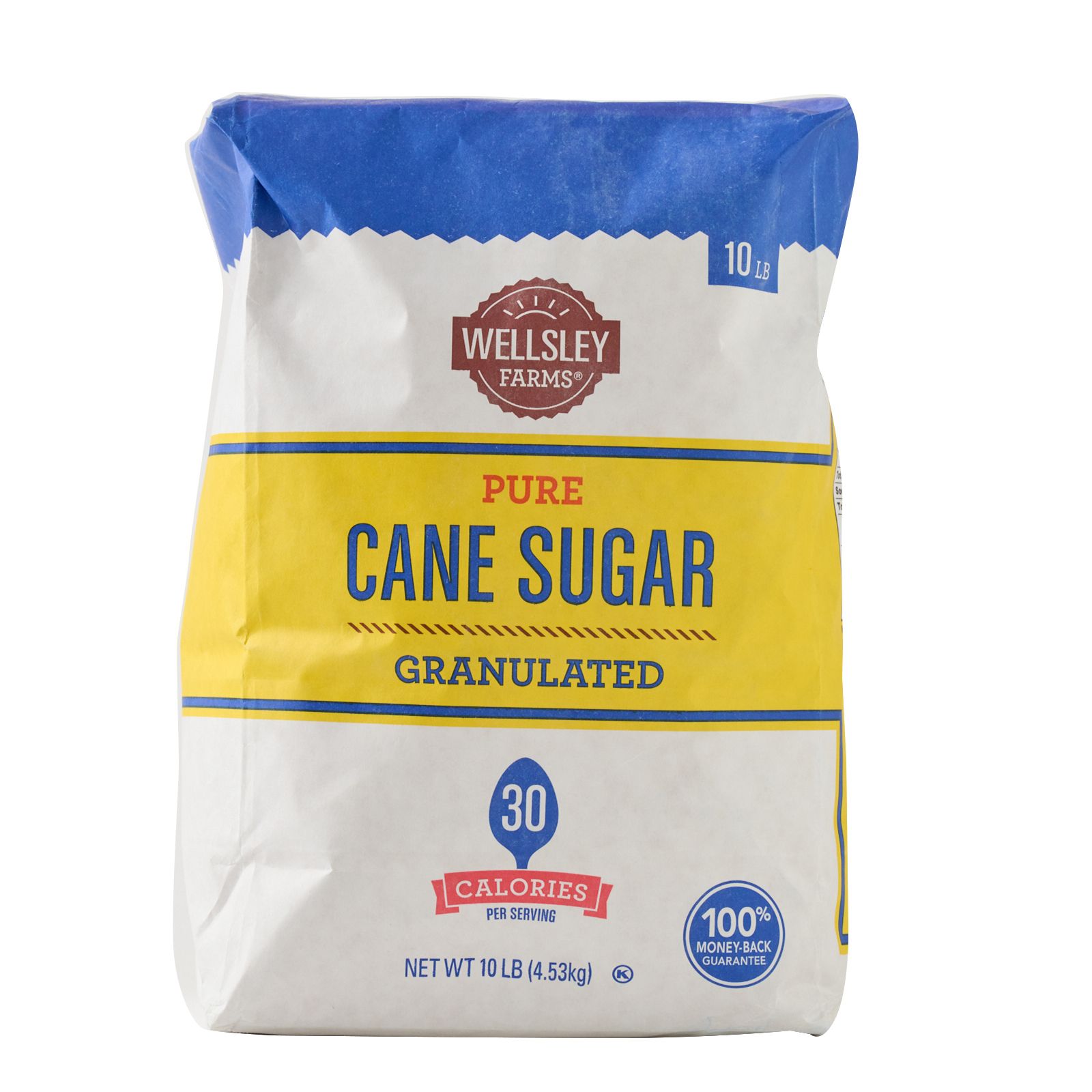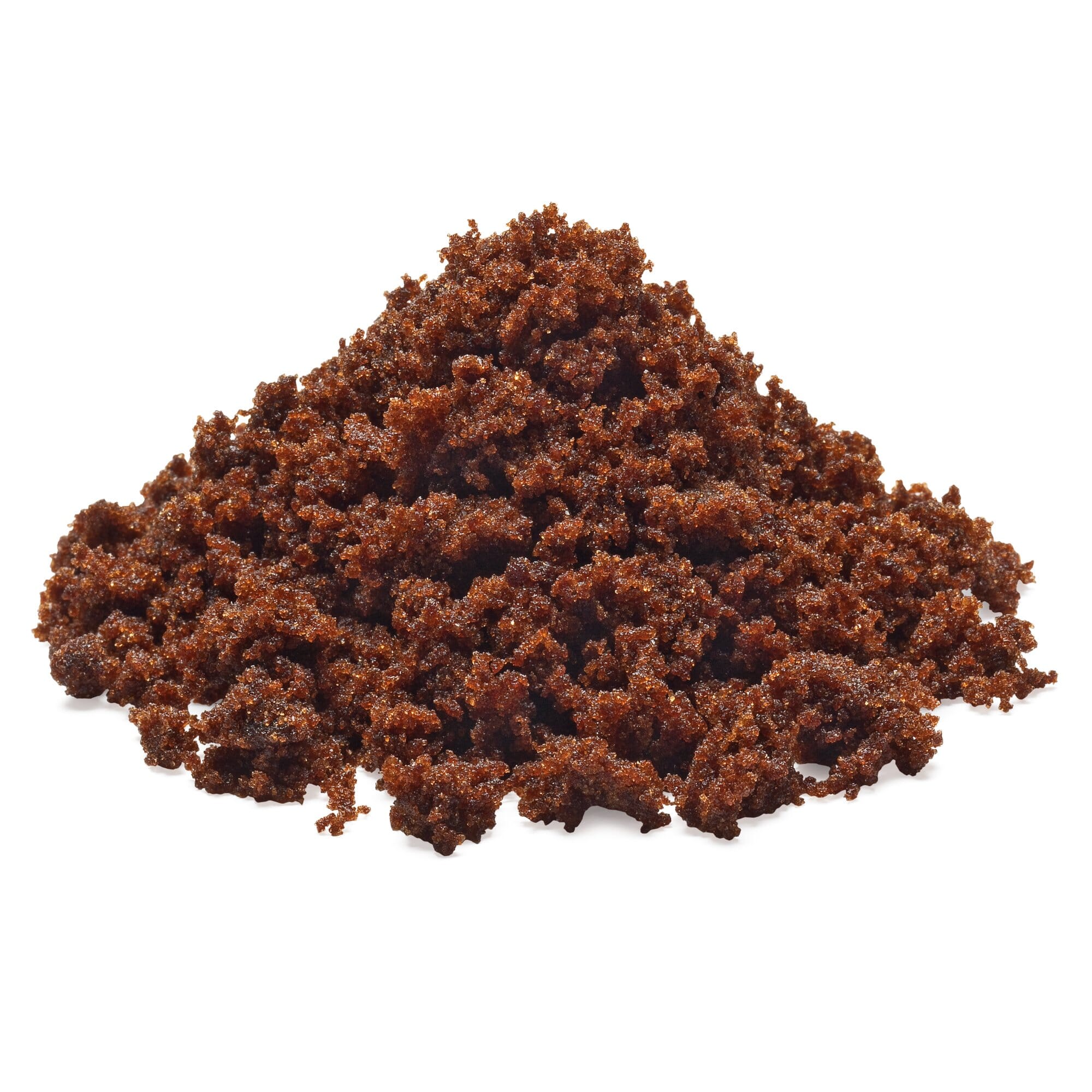Discovering the Comprehensive Steps Involved in Walking Stick Sugar Handling From Gathering to Improvement
The procedure of cane sugar production encompasses a collection of intricate steps, starting with the careful harvesting of sugarcane and finishing in the refinement stages that make certain the last item fulfills sector standards. Each phase, from the removal of juice to the purification and formation procedures, plays a crucial duty in identifying the high quality and character of the sugar.
Harvesting Sugarcane
Gathering sugarcane is a crucial action in the cane sugar processing chain, as it straight influences the quality and return of the last item. Proper timing and techniques are crucial throughout this stage to ensure optimal sugar content and decrease losses. Normally, sugarcane is gathered when it gets to maturity, normally 12 to 18 months after growing, characterized by a high sucrose focus.

Post-harvest, the sugarcane needs to be refined quickly to stop sucrose degradation. Ideally, gathered cane should be carried to processing facilities within 1 day to maintain sugar high quality. As a result, efficient logistical planning is important to preserve the integrity of the collected plant throughout the supply chain.
Extraction Process

The smashed walking cane undergoes a collection of pushing procedures to make the most of juice recovery. Usually, warm water is splashed onto the crushed cane, creating a countercurrent circulation that helps dissolve the sugar while also aiding in the removal procedure. The juice accumulated from this procedure consists of not only sugar yet additionally different organic compounds and impurities.

To enhance removal effectiveness, some centers might use diffusion approaches, where the sugarcane is saturated in warm water, permitting the soluble sugars to diffuse into the fluid. The resulting juice, abundant in sucrose, is after that directed to subsequent handling phases, laying the structure for filtration and refinement. The extraction process is therefore crucial in identifying the high quality and return of the final sugar product.
Purification Methods
The filtration methods utilized in walking stick sugar processing are essential for transforming the raw juice into a high-grade sugar item. These approaches largely intend to eliminate contaminations, such as dirt, plant products, and not natural compounds, which can adversely affect the end product's taste and shade.
Among the most common purification techniques is clarification. This process entails including lime and warm to the raw juice, which helps with the coagulation of pollutants. The resulting precipitate is then removed through sedimentation or purification, producing a clearer juice. In addition, making use of phosphoric acid can enhance the clarification procedure by additional binding impurities.
Another substantial strategy is carbonatation, where index co2 is introduced to the made clear juice. This response produces calcium carbonate, which catches remaining impurities and advertises their removal.
Additionally, turned on carbon treatment might be put on adsorb any remaining colorants and organic impurities, making sure an extra polished product. The mix of these methods properly prepares the sugar juice for subsequent action in the refining process, setting the phase for the production of top quality walking cane sugar.
Crystallization Techniques
After the purification stage, the following crucial action in cane sugar processing entails crystallization approaches, which play a pivotal function in changing the made clear juice into strong sugar. This procedure normally uses two main approaches: spontaneous formation and controlled crystallization.
In spontaneous crystallization, supersaturated sugar services are enabled to cool naturally, leading to the formation of sugar crystals over time. This method enables for the uniform development of sugar crystals and greater pureness.
Throughout formation, the made clear juice is focused via dissipation, boosting its sugar material up until it reaches supersaturation. Once this point is attained, either technique can assist in the condensation procedure. Cane Sugar Processing. The resultant sugar crystals are then separated from the remaining syrup via centrifugation
Inevitably, the option of crystallization method impacts the quality, size, and purity of the last sugar item, making this action important in the general walking cane sugar processing treatment.
Refinement and Packaging
Exactly how can the pureness and top quality of walking cane sugar be better enhanced after crystallization? The refinement procedure plays a critical function in accomplishing top quality cane sugar.
Following, the sugar undergoes a process called centrifugation, where it is spun at high rates to divide the detoxified sugar crystals from the remaining fluid. After centrifugation, the sugar is frequently click here for info further refined through an approach called carbonization or phosphatation, which uses turned on carbon or phosphoric acid to get rid of shade and off-flavors.
When refined, the sugar is dried to accomplish the wanted wetness material, ensuring that it stays secure throughout storage and transportation. The final step includes packaging the refined sugar in moisture-proof and airtight containers to preserve its quality and stop contamination. Cane Sugar Processing. Appropriate packaging not just extends life span yet additionally promotes simple handling and distribution, making sure that consumers obtain sugar that fulfills the greatest standards of pureness and high quality
Final Thought
The detailed actions associated with walking cane sugar handling, from the careful harvesting of sugarcane to the intricate improvement and packaging phases, emphasize the importance of each stage in guaranteeing high-quality sugar production. Optimum harvesting techniques, effective extraction techniques, and strenuous filtration processes collectively add to the end product's pureness and security. The formation and succeeding product packaging methods better boost the honesty and service life of the sugar, highlighting the complexity and precision intrinsic in this essential farming sector.
The process of walking stick sugar production incorporates a series of elaborate actions, starting with the cautious harvesting of sugarcane and culminating in the improvement stages that ensure the last product fulfills market standards. Preferably, gathered cane needs to be check that moved to processing centers within 24 hours to protect sugar quality.In spontaneous formation, supersaturated sugar services are permitted to cool normally, leading to the development of sugar crystals over time - Cane Sugar Processing. The refinement procedure plays a vital role in attaining high-grade walking cane sugar.The thorough actions included in cane sugar handling, from the meticulous harvesting of sugarcane to the complex refinement and product packaging stages, emphasize the significance of each stage in ensuring high-grade sugar manufacturing